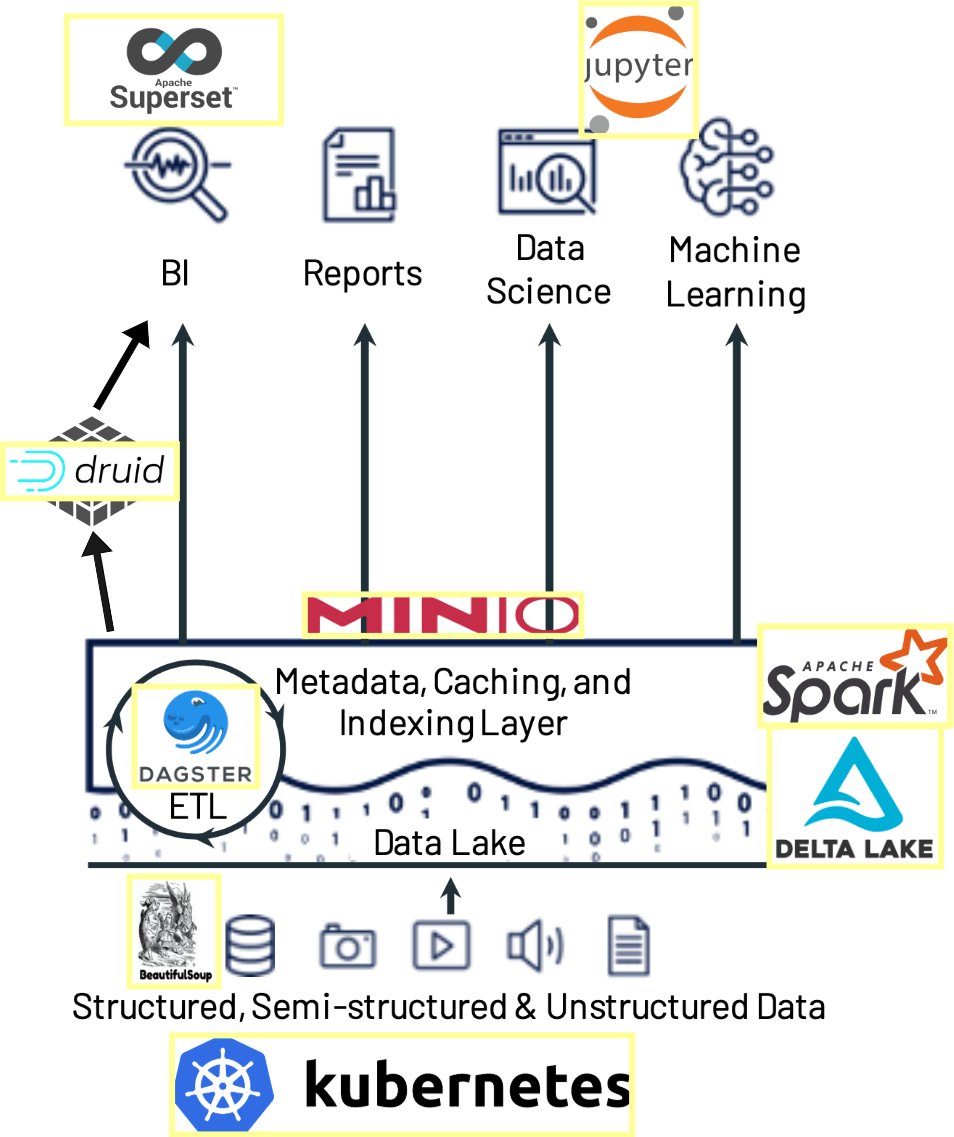

These named code blocks can be reused quickly because you can use their name to call them from different places in your code. Most programming languages allow you to assign a name to a code block that performs a concrete computation. If you’re totally new to Python functions, then you can check out Defining Your Own Python Function before diving into this tutorial.įree Bonus: 5 Thoughts On Python Mastery, a free course for Python developers that shows you the roadmap and the mindset you’ll need to take your Python skills to the next level. With this knowledge, you’ll be able to write more readable, maintainable, and concise functions in Python. What best practices to observe when using return statements.How to return single or multiple values from your functions.How to use the Python return statement in your functions.Using the return statement effectively is a core skill if you want to code custom functions that are Pythonic and robust. You can use them to perform further computation in your programs.

These objects are known as the function’s return value. You can use the return statement to make your functions send Python objects back to the caller code. The Python return statement is a key component of functions and methods. Watch it together with the written tutorial to deepen your understanding: Using the Python return Statement Effectively Functions allow us to test small parts of our program separately in isolation from the rest.Watch Now This tutorial has a related video course created by the Real Python team.Each variable i only exists when the system is executing the given function. In other words, function_one can use a variable called i, and function_two can also use a variable called i and there is no confusion. Functions allow us to keep our variable namespace clean (i.e., local variables only “live” as long as the function does).The basic idea is to put some commonly or repeatedly done tasks together and make that as a function so that instead of writing the same code again and again for different inputs, we can directly call the function.Like, other programming languages here also we can create our own functions, these functions are called user-defined functions. Python provides various built-in functions like print(), etc. Functions generally take in the data, process it, and return a result. A function is a block of code that performs a specific task and runs only when it is called.


 0 kommentar(er)
0 kommentar(er)
